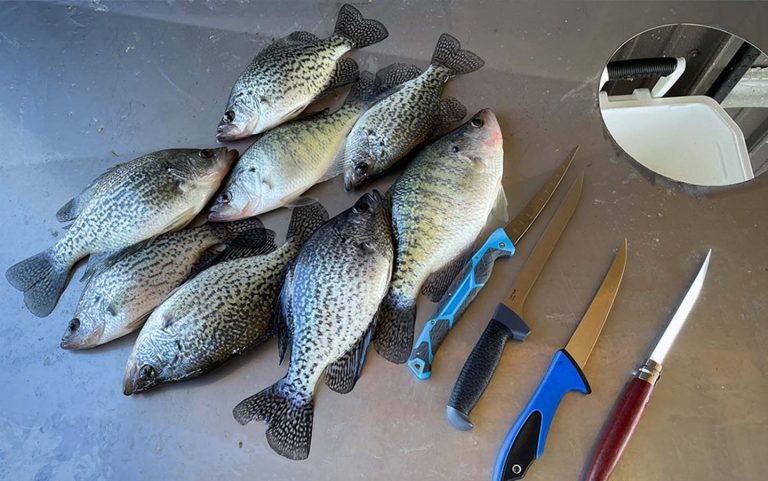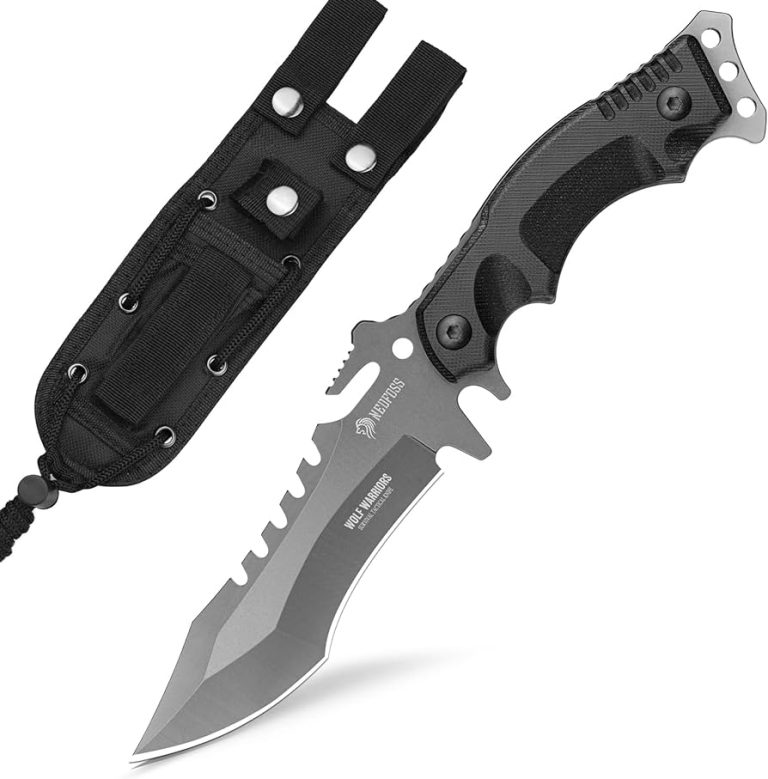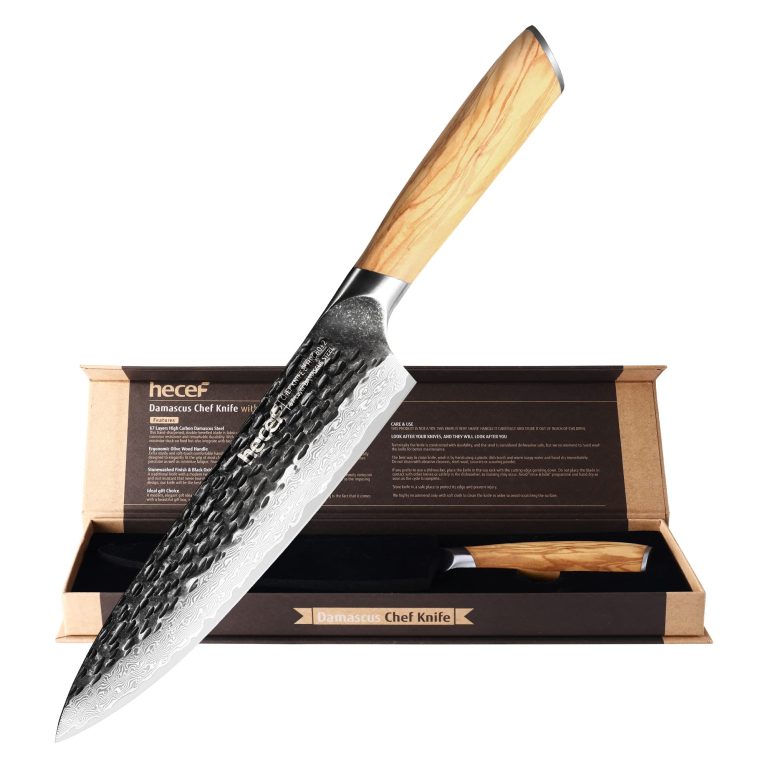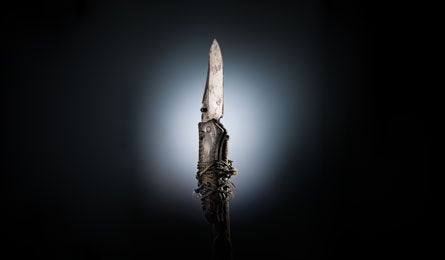The History of Fishing Knives
Fishing knives have a rich history that spans centuries. In ancient times, they were essential tools used for survival, hunting, and preparation of fish.
These knives evolved over time, adapting to different fishing techniques and cultural practices. Today, fishing knives serve multiple purposes, including cutting lines, cleaning and filleting fish, and even as a self-defense tool. They come in various shapes and sizes, each designed for specific fishing tasks.
Fishing knives are not only functional tools; they also hold symbolic value, often passed down through generations. Understanding the history of fishing knives offers insights into the evolution of fishing practices and the importance of these tools in the fishing world.

Credit: teatimemagazine.com
Evolution Of Fishing Knives
The history of fishing knives can be traced back to ancient times, where early origins of fishing knives were simple tools crafted from bone, stone, or shell. These primitive knives served the purpose of cleaning and preparing fish. Over time, fishing knife designs saw numerous innovations, with the adoption of improved materials and construction techniques.
One influence on the evolution of fishing knives was the development of metalworking skills, allowing for the creation of more durable and efficient blades. This led to the introduction of folding knives, which enhanced portability and safety. In addition, advancements in handle designs resulted in enhanced grip and comfort during use.
The evolution of fishing knives was also influenced by cultural factors. Different regions and fishing communities developed their own unique knife designs that catered to their specific needs. This gave rise to variations such as the Scandinavian style, which featured a single-edged blade and a wooden handle.
| Early Origins of Fishing Knives | Innovations in Fishing Knife Designs | Influences on Fishing Knife Evolution |
|---|---|---|
| Bone, stone, and shell tools | Introduction of metalworking skills | Cultural influences |
| Simple cleaning and preparation | Adoption of improved materials | Regional variations |
| Folding knives for portability | ||
| Enhanced handle designs |
Types Of Fishing Knives
The History of Fishing Knives
Types of Fishing Knives
| Fillet Knives: Versatile and Precise |
| Fillet knives are highly versatile and precise cutting tools, ideal for removing bones and skin from fish. They are long and thin, with a flexible blade that allows for smooth and accurate filleting. Fillet knives come in various sizes, with the smaller ones suited for smaller fish and the larger ones for larger fish. These knives are the go-to choice for anglers who want to achieve clean and professional-looking fillets, making them popular among both commercial and recreational fishermen. |
| Bait Knives: Specialized Cutting Tool |
| Bait knives, as the name suggests, are specialized for cutting bait. They typically have a serrated edge, which allows for easy slicing through tough bait materials such as squid or tough fish skins. Bait knives are also handy for tasks like cleaning fish, scaling, and cutting small ropes or lines. Anglers favor bait knives for their ease of use and durable construction, as they need to withstand frequent use in harsh marine environments. |
| Gutting Knives: Efficient and Essential |
| Gutting knives are essential tools for efficiently gutting and cleaning fish. These knives feature a strong, sturdy blade that enables anglers to remove organs, guts, and membranes quickly and easily. They often have a curved blade shape, allowing for precise cuts and reducing the risk of damaging the fish. Gutting knives may also come with a gut hook, which aids in opening the fish’s belly without the need for a separate tool. Every angler understands the importance of a reliable gutting knife to ensure the freshness and cleanliness of the catch. |
Noteworthy Fishing Knives In History
The History of Fishing Knives
Fishing knives have a rich history that dates back centuries. They have been essential tools for anglers, helping them prepare their catch for consumption. Throughout history, many famous manufacturers have produced knife designs that have become iconic in the fishing community.
Knife Designs by Famous Manufacturers
| Manufacturer | Knife Design |
|---|---|
| Buck | Buck 110 Folding Hunter |
| Rapala | Rapala Fish ‘n Fillet |
| Victorinox | Victorinox Swiss Army Fishing Knife |
| Gerber | Gerber Gator Fillet Knife |
Vintage Fishing Knives: Collectors’ Favorites
Vintage fishing knives are highly sought after by collectors worldwide. These knives not only provide functionality but also showcase the craftsmanship of past eras. Designs from renowned brands such as Pflueger, Heddon, and Abercrombie & Fitch have become prized possessions for enthusiasts.
Iconic Fishing Knives Featured in Literature and Film
Fishing knives have made appearances in various literary works and films, embodying the spirit of adventure and exploration associated with fishing. From Ernest Hemingway’s “The Old Man and the Sea” to movies like “Jaws” and “A River Runs Through It,” these iconic knives have become synonymous with the thrill of angling.
Conclusion
The history of fishing knives is entwined with the evolution of mankind’s relationship with the water. From ancient civilizations using bone and stone tools to modern-day anglers relying on advanced materials and designs, fishing knives have always been an essential tool for the avid fisherman.
These knives have adapted over time to meet the changing needs of anglers, whether it be for filleting fish or preparing bait. The craftsmanship and innovation seen in fishing knives reflect our constant desire to improve and enhance our fishing experiences.
As we look back on the history of fishing knives, it is clear that these tools have played a vital role in our ability to navigate and thrive in aquatic environments. Whether for survival or leisure, fishing knives continue to be a symbol of our connection to the water and the timeless pursuit of the perfect catch.






